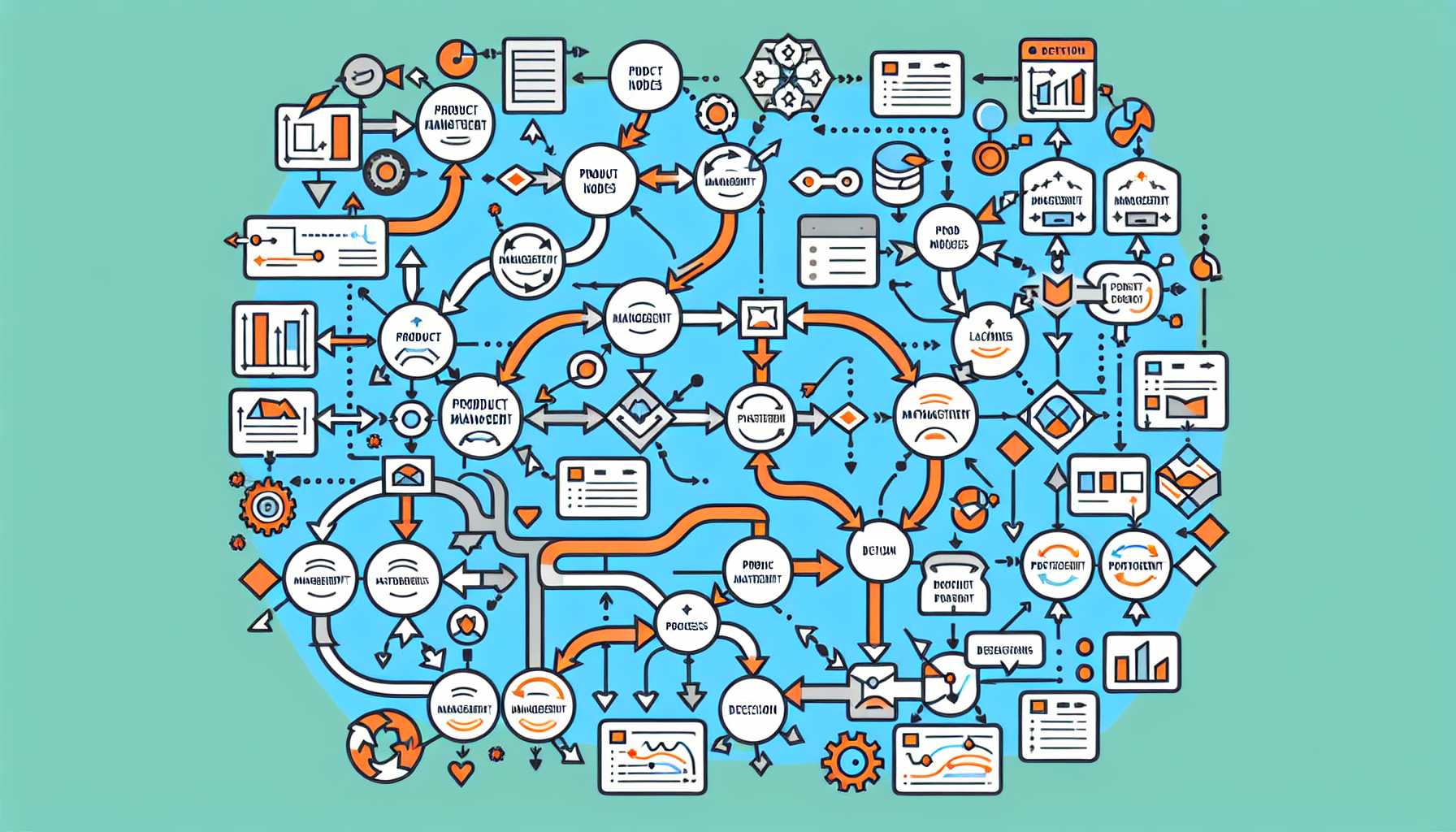Dear product connoisseurs,
Maintaining a balance between what’s promised and what can be delivered is a high-wire act that every product manager knows all too well. Having tread this path for years, I’ve seen both the triumphs of exceeded expectations and the pitfalls of overpromising. This blog post is a distillation of frameworks, strategies, and hard-learned lessons on managing product expectations and deliverables.
The Art of Setting Expectations
Crafting a Vision With Foresight: One of the fundamental roles of a product leader is to cast a vision for where the product is headed. This vision needs to be both inspiring and grounded. I’ve found utilizing a product vision board helps align stakeholders while keeping expectations realistic.
Transparent Communication: Openness has been my bedrock in expectation management. Truthfully communicating capabilities, limitations, and progress builds trust and allows for collaborative adjustment of expectations.
Managing Stakeholder Diversity: Diverse stakeholders—from executives to end-users—mean a spectrum of expectations. Tailoring my communication to each audience without diluting the truth has been critical.
Strategic Roadmapping
Balancing Short-Term Wins and Long-Term Goals: A strategic product roadmap is a tool I’ve leveraged to balance immediate deliverables with our long-term vision. One particular experience comes to mind: at a mobile app startup, our short-term win was a basic feature release that solved immediate pain points, while our long-term aspiration was a robust AI integration. Our roadmap served as a visual representation of this journey.
Keeping Roadmaps Flexible: While it’s vital to chart the course, I’ve learned that roadmaps must evolve. Market shifts, tech advancements, and customer feedback often required me to redraw the roadmap. The key is to communicate these adjustments promptly and clearly to all stakeholders.
Utilizing Agile and Lean Methodologies
Sprints and Iterations: The Agile practice of breaking work into sprints allows for quick wins and regular checkpoints. In one of my most challenging projects, our sprint reviews became pivotal moments for expectation setting, as stakeholders could see tangible progress.
The MVP and Customer Feedback Loop: Developing a minimal viable product and engaging in a feedback loop has helped me align product deliverables with market needs. This lean approach means expectations are both met and molded by what is viable and valuable to the customer.
Delivering on Promises
Alignment Across Teams: Cross-functional team alignment ensures that everyone is working toward the same goals. Regular stand-ups, inter-departmental workshops, and clarity of roles have proven indispensable.
Quality Over Quantity: Rather than overpromise on features, my emphasis on quality has yielded better outcomes. Delivering a product that performs flawlessly, even if it has fewer features, has often exceeded stakeholder expectations.
The Importance of a Beta Phase: I’ve consistently found that a well-managed beta phase can serve as a buffer for expectation management. Real user feedback during this phase has sometimes shifted our deliverable timelines, but ultimately resulted in a better product market reception.
Lessons From the Field: A Personal Anecdote
Early in my career, I was involved in a project that aimed to revolutionize personal finance management. The team was ambitious, the timelines aggressive, and the expectations sky-high. We overpromised and underdelivered. The harsh lesson was clear: If we had spent more time setting realistic expectations and less time envisioning grand features, we might have sustained the product beyond its initial few turbulent months post-launch.
From this painful experience, I learned to treat expectation management not just as a box to tick, but as a strategic element of product success.
Conclusion: Balance Achieved Through Diligence
Achieving a balance between expectations and deliverables demands constant vigilance and proactive management. It’s not merely about making promises, but about guiding all parties through the evolving landscape of development: anchoring ambitions in reality, delivering tangible value consistently, and adapting to the ever-changing tides of the market.
As product leaders, we must be both dreamers and realists, and it is in the confluence of these roles that we find our best work. Let us continue to navigate this delicate balance and lead our products to new heights of success and reputation.
Here’s to bridging dreams and reality, one product at a time.

